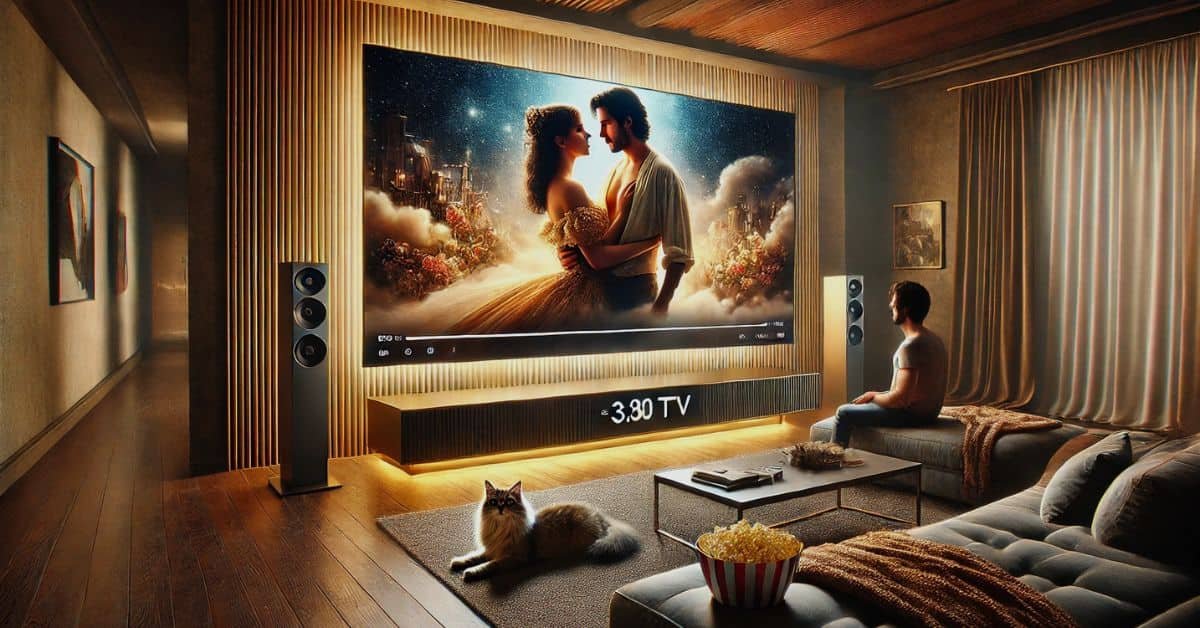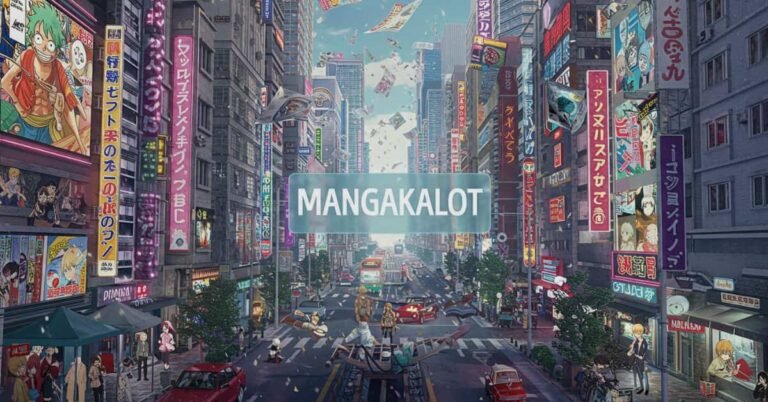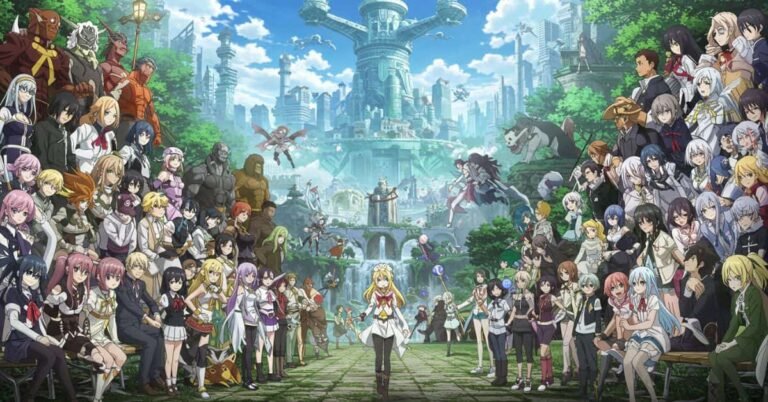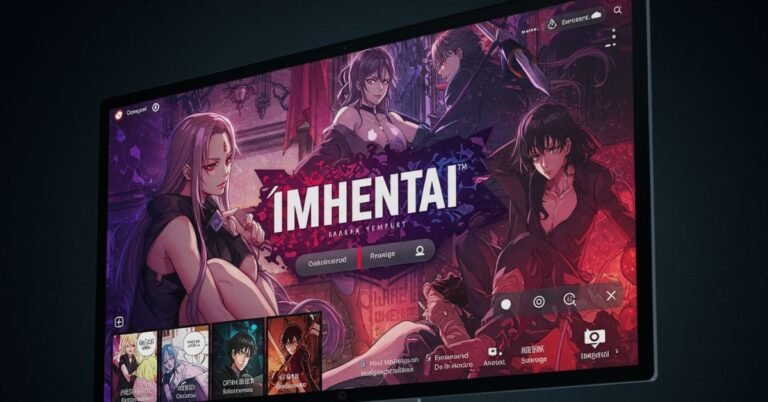From Classics to New Hits: A Journey Through the Evolution of Soaper TV
Introduction to Soaper TV
Soaper TV has been a captivating genre that has entertained audiences for decades. From dramatic plots to unforgettable characters, soap operas have carved out a unique niche in the world of television. With their blend of romance, intrigue, and suspense, they draw viewers into an emotional rollercoaster week after week.
As we journey through time, we’ll explore how these beloved shows have evolved from their beginnings in the 1950s to the modern hits we see today. Whether you’re a lifelong fan or new to the genre, this exploration will reveal the rich tapestry of storytelling that defines Soaper TV and its impact on pop culture. Join us as we peel back the layers of melodrama and unveil what makes soap operas so irresistibly addictive.
The Golden Age of Soaper TV: 1950s-1960s
The 1950s and 1960s marked a pivotal era in television history, particularly for soap operas. This period is often dubbed the Golden Age of Soaper TV. Programs like “Guiding Light” and “As the World Turns” captivated audiences with their compelling narratives.
These shows introduced viewers to complex characters grappling with love, betrayal, and ambition. The melodrama played out during daytime slots, drawing in housewives seeking an escape from their daily routines.
Production values began to improve as networks invested more in these series. Writers were given room to explore intricate plots that kept fans coming back for more.
Notably, this era also saw the rise of influential female protagonists. Strong women took center stage, reflecting broader societal changes occurring outside television screens. Audiences didn’t just watch; they connected deeply with these characters’ journeys through life’s challenges.
The Rise of Soap Operas: 1970s-1980s
The 1970s and 1980s marked a vibrant era for soap operas, transforming them into a cultural phenomenon. Audiences became captivated by the intricate plots and rich character development that defined this period.
During these decades, production values improved significantly. Shows embraced more elaborate sets and costumes, enhancing the viewing experience. The storytelling evolved too, introducing bold themes like love triangles, betrayal, and family feuds.
This was also the time when daytime TV saw dramatic shifts in demographics. More women entered the workforce while still juggling home responsibilities. Soap operas provided an escape during lunch breaks or afternoons at home.
As popularity soared, networks began to invest heavily in talent—both behind and in front of the camera. Iconic stars emerged from these shows, creating lasting legacies within the industry.
Viewers became loyal fans, forming communities around their favorite storylines and characters as they tuned in religiously each week.
Changes and Challenges: 1990s-2000s
The 1990s marked a pivotal shift in the landscape of soap operas. Viewership began to decline as audiences sought new forms of entertainment. The rise of cable television offered viewers numerous options, pulling them away from daytime dramas.
With this competition, many traditional soaps struggled to maintain their loyal fanbases. Writers were pushed to innovate, incorporating more sensational storylines and diverse characters. This era introduced themes that tackled societal issues like addiction and infidelity head-on.
However, these changes came with challenges. Some long-standing fans felt alienated by the sudden shifts in tone and focus. Networks faced tough decisions about which beloved shows could survive amidst fierce competition.
By the early 2000s, several iconic series faced cancellation despite years on air. The once-dominant genre was now at a crossroads, grappling with its identity while trying to adapt for modern audiences.
Modern Age of Soaper TV: 2010s-Present
The 2010s marked a renaissance for soap operas. Streaming platforms began reshaping how audiences consumed these captivating stories. Viewers no longer had to stick to traditional schedules, allowing them to binge-watch their favorite shows.
Digital storytelling emerged as a significant trend. Soap operas embraced social media, engaging fans directly and creating interactive experiences. Characters now have backstories that extend beyond the screen, appearing on Twitter or Instagram.
Diversity and representation became focal points during this era. New characters brought fresh perspectives and resonated with broader audiences. This shift highlighted societal changes while maintaining classic themes of love and betrayal.
Shows like “Days of Our Lives” adapted by introducing modern dilemmas alongside timeless conflicts. The blend of nostalgia with contemporary issues kept long-time viewers invested while attracting newcomers excited about relatable content in this evolving genre.
Impact and Influence of Soaper TV on Pop Culture
Soaper TV has woven itself into the very fabric of pop culture. Iconic characters and unforgettable storylines have transcended screens, finding their way into conversations, memes, and even fashion.
Think about it: phrases from these shows often seep into everyday language. Catchy one-liners become part of our lexicon. They evoke emotion and create shared experiences among fans.
Celebrities frequently reference soap operas in interviews or on social media. This shows how deeply embedded they are in popular consciousness.
The influence doesn’t stop at dialogue; music tracks from soaps often chart on Billboard lists, showcasing their reach beyond traditional TV audiences.
Moreover, Soaper TV has inspired countless parodies and spin-offs across various platforms. These nods highlight its cultural significance while keeping it relevant to newer generations who may not watch regularly.
The Future of Soaper TV
The future of Soaper TV is poised for transformation. As streaming platforms gain traction, traditional formats may adapt to changing audience preferences. Viewers are craving more diverse stories and inclusive characters.
New technologies will play a significant role in shaping the narrative landscape. Interactive elements can elevate viewer engagement, allowing audiences to influence storylines or connect with characters on a personal level.
Moreover, global storytelling is emerging as a key trend. Soap operas from different cultures offer fresh perspectives and new formats that resonate worldwide.
As social media continues to permeate our lives, it serves as a powerful tool for fan interaction and community building around shows. This connection between viewers and creators can foster deeper loyalty and investment in narratives.
Soaper TV stands at an exciting crossroads where innovation meets tradition. The next wave promises to bring surprising developments that could redefine this beloved genre forever.
Conclusion:
Soaper TV has taken audiences on a captivating journey through the decades. From its humble beginnings in the 1950s, where melodrama reigned supreme, to the vibrant and diverse storytelling of today, soap operas have continuously evolved with society.
Each era brought new themes and challenges. The Golden Age laid a foundation that influenced countless narratives. The rise during the 70s and 80s introduced bold characters who tackled societal issues head-on. Meanwhile, the late 90s and early 2000s saw both struggles with viewership and innovative attempts to adapt to changing times.
The modern age is marked by an infusion of digital platforms and fresh talent. Soaps now reflect a broader spectrum of life experiences, drawing in younger audiences while keeping loyal fans engaged.
As we look ahead, it’s clear that soaper TV will continue to innovate. With emerging technologies reshaping how stories are told, there’s no telling what exciting narratives await us in this beloved genre’s future.
From classics to new hits, soaper TV remains a vital part of our cultural landscape—capturing hearts one episode at a time.





